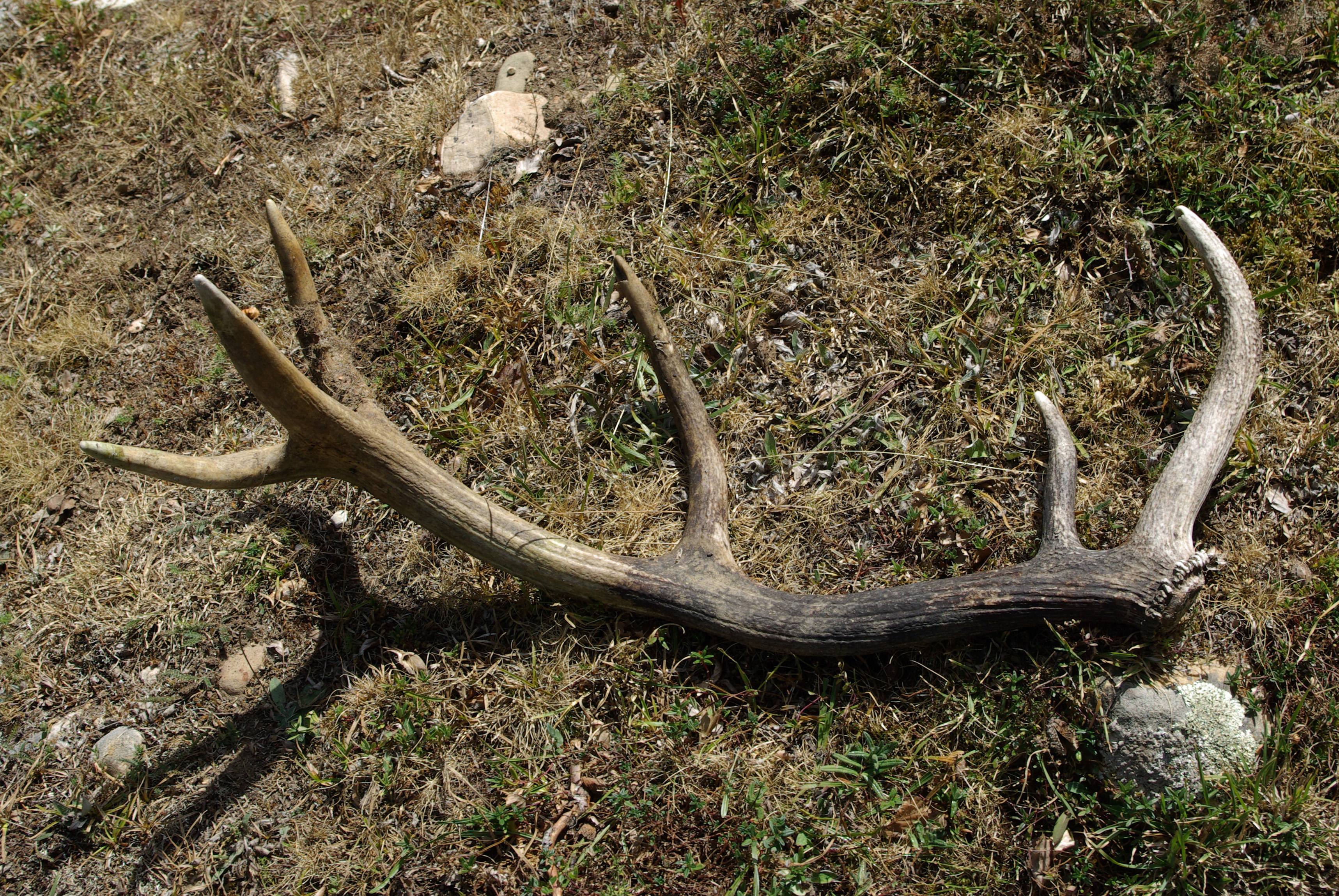Yesterday was the closing conference for the Cairngorm Wildcat project. After four years of intensive study and working with landowners to champion the plight of the
Highland Tiger, the project is coming to an end. But that won't be the end of the work aimed at saving the wildcat from extinction in Scotland. There was a real sense of positivity at the conference. A feeling that the close of this project was really the beginning of a new phase, one where something might really start to be achieved, building on the knowledge, experience and relationships that the project has helped to develop.
 |
| Wildcat - the highland tiger sneaks through a hole in the fence |
There were many interesting things discussed but one of the most immediately startling was the reminder that one of the greatest threats to the 400 or so 'true' wildcats still in the wild remains the threat from hybrid and domestic cats. A staggering 90% of the wild-living cats that inhabit the Cairngorms National park are thought to be either domestic or hybrid cats, only the remaining 10% are 'true' wildcats.' These feral and hybrid cats are a threat to the wildcat because they compete for the same resources (food, habitat, den sites, etc.) as well as transmitting diseases but they can also compete for mates meaning that there can be a reduction in the 'wild lineage' if the 'true' Scottish Wildcats are prevented from breeding with each other. As there are about 17,000 people living in and around the National Park and 1 in 6 of us own a cat,
responsible cat ownership is perhaps more relevant than ever before. Have a look at the pictures of the wildcat (above) and hybrid (below) and see if you can
tell the difference.
 |
| Hybrid cat - the white 'socks' are a dead giveaway. |
So the hopeful outlook of the conference will, with luck and more than a little hard graft, translate into an optimistic outlook for the wildcat. Certainly, there is a lot of goodwill for the Scotland's last wild feline. Now we have to turn its recovery into reality.






